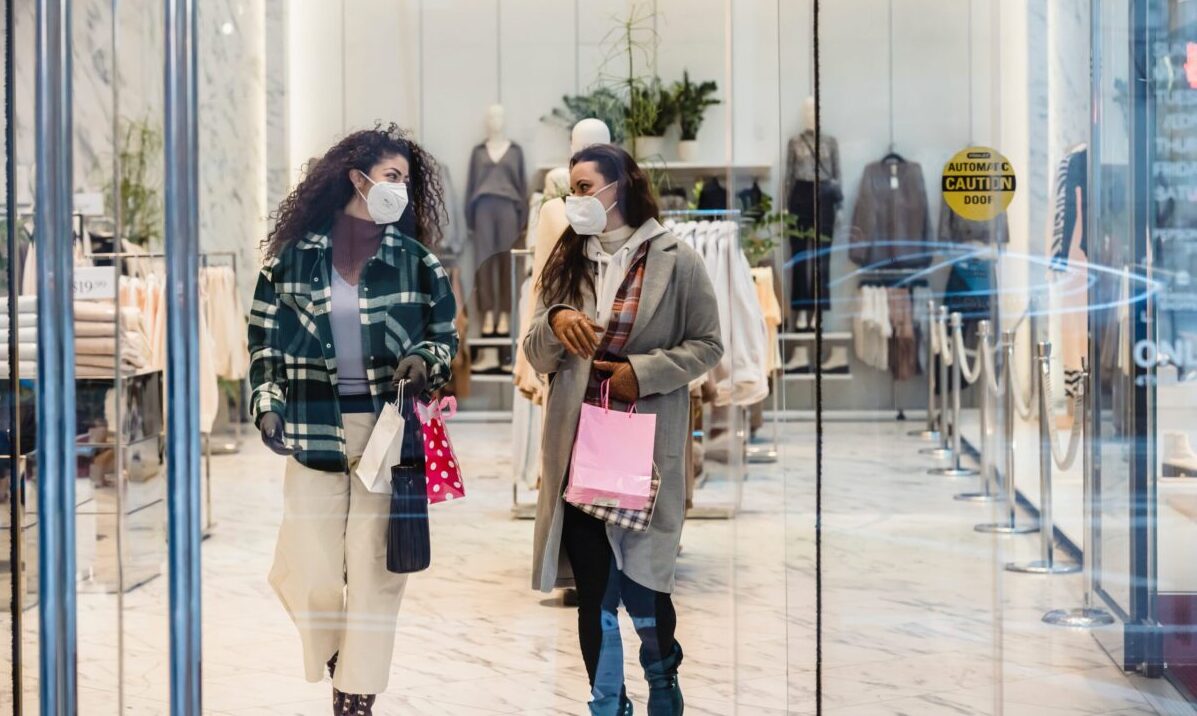Purdue researcher forecasts holiday shopping trends beyond getting an early start
Written By: Rebecca Hoffa, rhoffa@purdue.edu

The person who started the phrase “it’s the thought that counts” probably didn’t work in retail. As the holiday shopping season reaches full swing and individuals began to brainstorm gifts and spending amounts that won’t disappoint, certain trends are showing up across retailers and consumers — even beyond the pressure to shop early.

Charles Aaron LawryPhoto provided
Charles Aaron Lawry, an assistant professor of consumer science in the Purdue University College of Health and Human Sciences, is an expert on retail and shopping behavior, specifically focusing his research in the White Lodging-J.W. Marriott, Jr. School of Hospitality and Tourism Management on how technologies are being adopted by retailers and how consumers are using the technology within their own retail experiences.
Lawry noted that holiday shopping is often described within consumer research as a ritual that starts with Halloween and ends around the start of the new year. This year, the scarceness of some items as a result of too much demand on the supply chain muddles this ritual for many.
“With the holidays, it’s so symbolic for a lot of people,” Lawry said. “There’s a lot of self-presentation there, and then, by the end of this ritual, it’s no longer about self-presentation as much as aspiration and who you want to be. With the shortages at the forefront of that, I think people are going to feel kind of pressured to find substitute products in the process in order to continue this ritual. It’s really disruptive within this ritual to suddenly not be able to deliver on how you perceive yourself or how you aspire to be since a lot of these gifts are attached to those feelings.”
In addition to substitute gift items, Lawry said he anticipates gift cards will be more popular. However, because people aren’t waiting around for Black Friday this year to get started on their holiday shopping lists and are instead relying on e-commerce more, retailers are reaping the benefits of earning their profits earlier, resulting in less competition and fewer sales on Nov. 26.
“The whole point of Black Friday, traditionally, was to take retailers from the red back into the black, from a time of losses leading up to the holidays to gains, but now, shoppers are putting them in a much better position earlier on. It gives them a lot less pressure to try and discount products,” Lawry said.
This lack of heavy discounting isn’t stopping consumers trying to secure the hot items this holiday season for their loved ones, as item availability permits. In fact, when people don’t see a discount, Lawry explained, they tend to become even more eager to purchase the item because they see it as more high-demand.
For those who are looking to save some extra dollars, despite the decreasing discounts on Black Friday, Lawry said he expects many retailers to take advantage of membership plans like Walmart+ to give customers a sneak preview of when the best deals are going to be offered.
“They’re leveraging all of this demand leading up to the holidays as an opportunity for people to opt into programs like Walmart+,” Lawry said, noting that these programs essentially offer “free money” for the retailer while saving time for the consumers who may not want to hunt for deals.
In addition to these membership programs, Lawry forecasts that programs in which consumers shop online and pick their purchases up in the store will become increasingly popular, as stores make efforts to combine e-commerce with a friendly, supportive in-store experience.
While items and pricing are playing a significant role in holiday shopping this year, those are not the only factors that affect consumer behavior. The pandemic and its associated recession still has its lasting influence on how people are making their purchase decisions for both themselves and their loved ones as 2021 draws to a close.
“Something that we saw during the 2009 housing bubble was that people started to learn how to trade up and down within specific product categories, and I believe that will continue to take place any time that we have these stressful periods,” Lawry said. “When customers trade up, they decide to increase their spending in one category at the sacrifice of a different one. Before, we saw that people were trading up and buying expensive golf clubs or handbags or premium dog foods, but then maybe they were trading down in the grocery aisle — they were maybe more likely to buy generic products — in order to afford these more premium items. I think we’re going to continue to see people do that.”